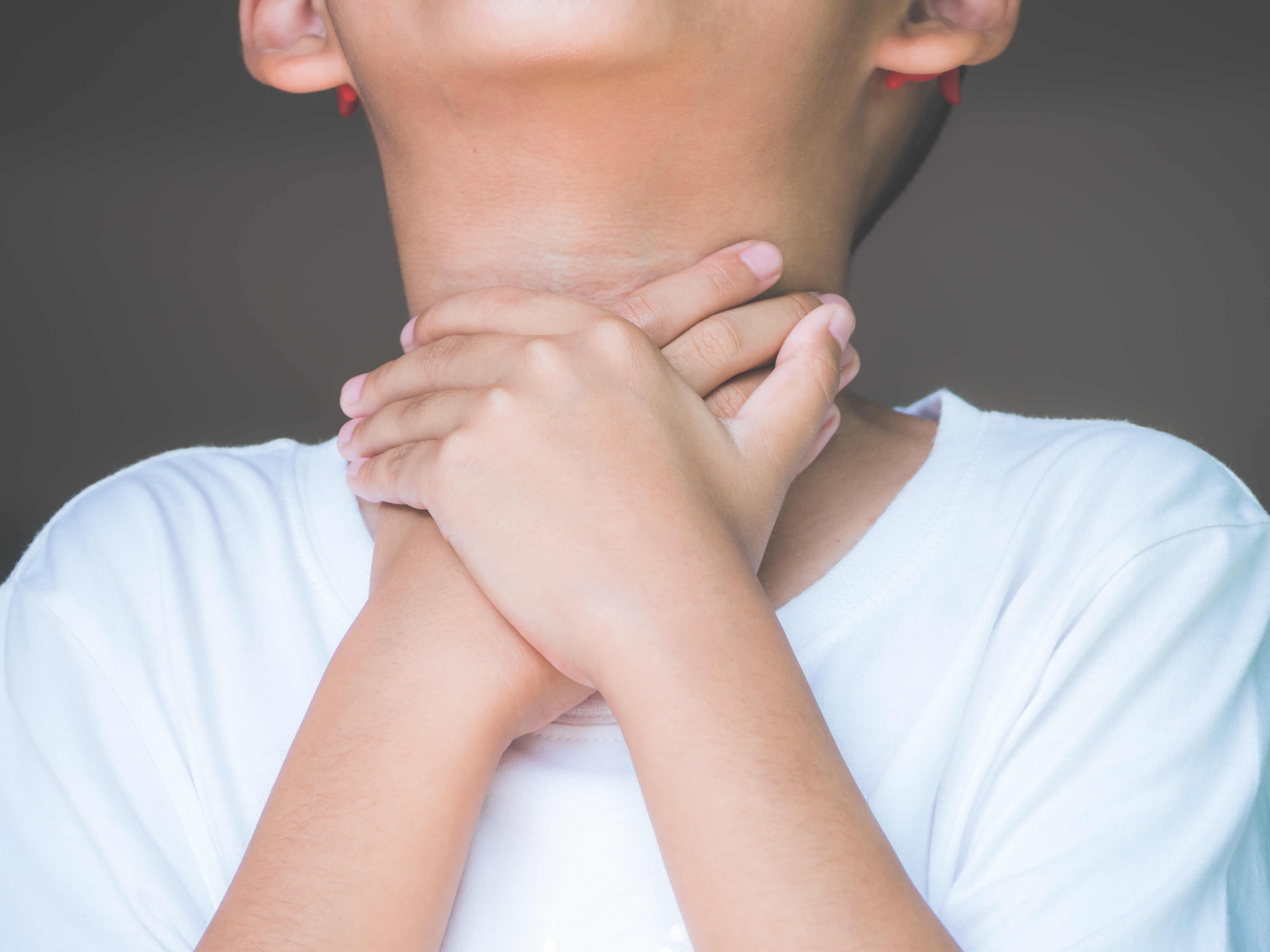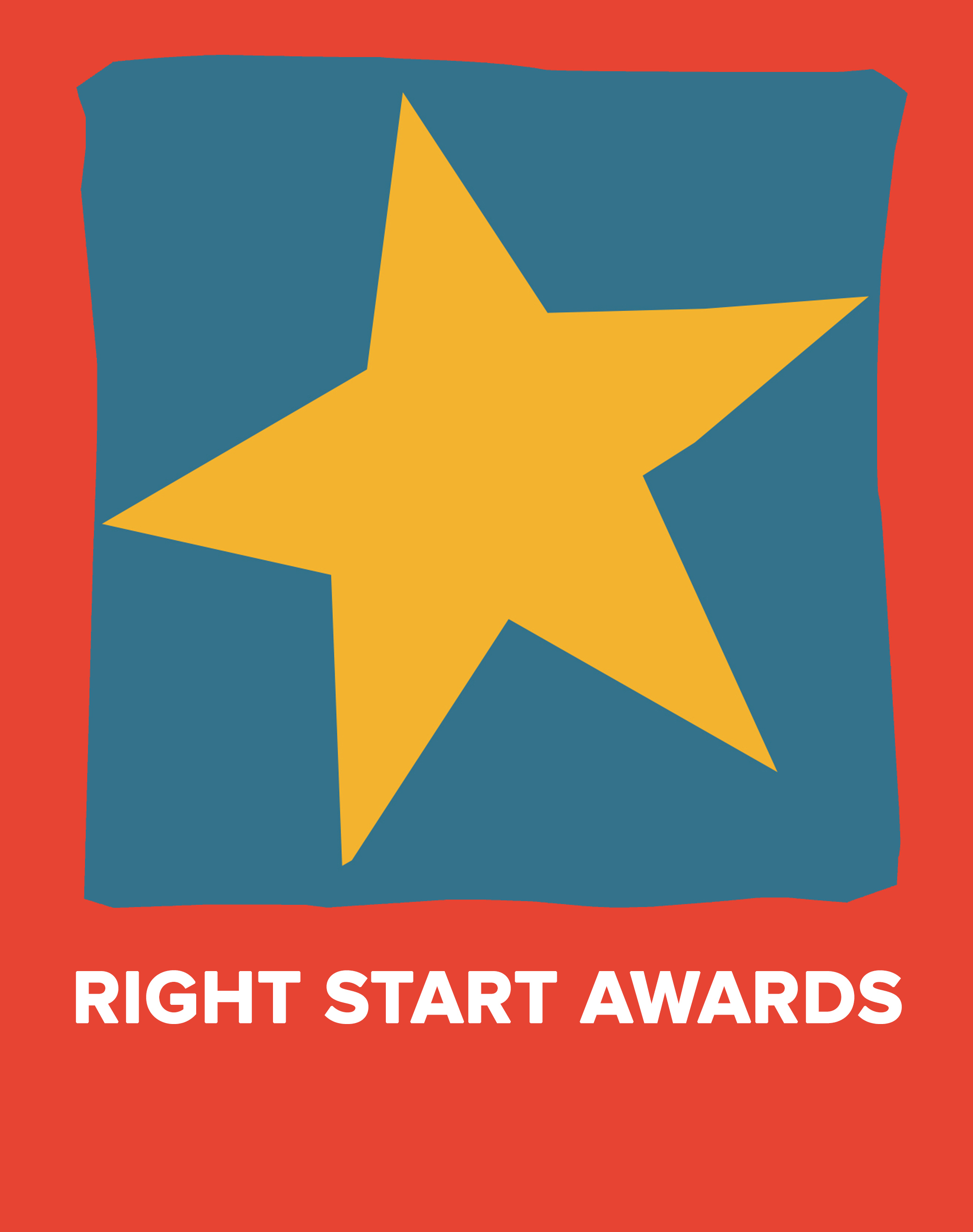Choking alert
Published
A warning to parents and carers about the danger of choking comes from St John Ambulance. Signs that someone is choking include difficulty with breathing, speaking, coughing or crying in a baby, a red puffy face and signs of distress. A child may point to their throat or grasp their neck.

St John Ambulance medical director, Dr Lynn Thomas, says: ‘Small chocolates, sweets and toys are potential choking hazards for young children whose airways are very small and easily blocked. While parents and carers should always call 999 in an emergency, it’s a good idea to know what can be done instantly at home to try and help a child who is choking, and hopefully avoid a more serious incident.’
The health and first aid charity has produced some simple steps to follow to help choking babies and children. They are available on the St John Ambulance website (www.sja.org.uk/get-advice/first-aid-advice/choking). A video is also available showing how to give life-saving first aid.
Babies
Slap it out
- Lay the baby face down along your thigh and support their head.
- Give five back blows between their shoulder blades.
- Turn them over and check their mouth each time.
Squeeze it out
- Turn the baby over, face upwards, supported along your thigh .
- Put two fingers in the centre of their chest just below the nipple line; push downwards to give up to five sharp chest thrusts.
- Check the mouth each time.
If the item does not dislodge
- call 999 or 112 for emergency help.
- Take the baby with you to call.
- Repeat steps 1 and 2 until help arrives.
- Start CPR if the baby becomes unresponsive (unconscious).
Adult and Child
Cough it out
- Encourage children and adults to keep coughing if they can.
Slap it out
- Lean them forwards, supporting them with one hand.
- Give five sharp back blows between the shoulder blades.
- Check their mouth each time but do not put your fingers in their mouth.
Squeeze it out
- Stand behind them with your arms around their waist, with one clenched fist between their belly button and the bottom of their chest.
- Grasp the fist in the other hand and pull sharply inwards and upwards, giving up to five abdominal thrusts.
- Check their mouth each time.
If the item does not dislodge
- Call 999 or 112 for emergency help.
- Repeat steps two and three until help arrives.
- Start CPR if the person becomes unresponsive (unconscious).
Always seek medical advice if abdominal thrusts are used .
Visit the St John Ambulance website at www.sja.org.uk







